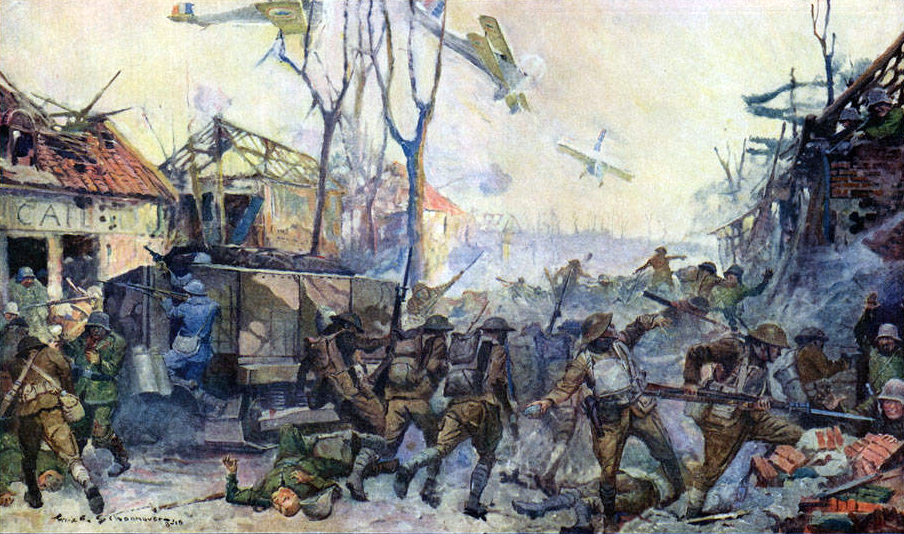
“While the United States and its allies were victorious in World War One, it’s unclear what contribution, if any, gas made in bringing the conflict to a conclusion.”
By Thomas Faith
WORLD WAR ONE remains the only war in which the U.S. Army used poison gas as a conventional weapon.
Chemical weapons became a feature of the fighting on the Western Front after the German chlorine gas attack against the British, Canadian, French, and Algerian forces at Ypres in April 1915. When the United States declared war in 1917, the American Expeditionary Forces (AEF) prepared to use gas as the other belligerents were doing.

Over the course of the war, the United States refined its use of poison gas artillery shells.
“The usual practice towards the end of the war was to put up a two minute burst of fire with toxic shells donning immediate effect and to follow this with a long, continued fire of more persistent gasses,” wrote U.S. Army Chemical Warfare Service officer Ernest McCullough.
This sequence was intended to force enemy soldiers to put on their masks quickly and wear them for an extended period of time, possibly exposing them to agents at the opening of a barrage and then later when they removed their respirators. The AEF targeted enemy artillery positions, roads, bridges and troop assembly areas deep in the rear in hopes of minimizing exposure to friendly troops.

On May 31, 1918 the 101st and 103rd Artillery Regiments, as well as some French artillery units, were ordered to saturate the enemy-held town of Lahayville with over 1,600 phosgene shells in support of a raid on a nearby section of trenches. The action went tragically wrong when a strong, steady wind blew the gas back into the faces of 300 American soldiers — 236 became casualties. This incident vividly demonstrated the danger chemical artillery shells could pose to friendly troops caught in the path of the gas.

U.S. forces also conducted a handful of gas attacks using Livens projectors, rows of vertical metal tubes embedded in the ground that were capable of firing large containers of poison gas. The 30th Engineers conducted the first U.S. Livens projector attack on the evening of June 18, 1918.

As many as 1,900 were loaded with smoke and phosgene gas that was directed onto three German companies and a battalion headquarters around Ferme Ste. Marie, south of Pont-a-Mousson. Approximately ten minutes after the surprise bombardment, German artillery batteries shelled the AEF trenches in retaliation. The counterattack lasted for several hours, suggesting that in the future the Germans would respond to large-scale chemical attacks with ferocity. For the duration of World War I, the AEF avoided these types of actions and focused on smaller gas attacks.
 While the United States and its allies were victorious in World War One, it is unclear what contribution, if any, gas made in bringing the conflict to a conclusion. The AEF suffered a higher proportion of poison gas casualties than any other nation’s army yet, through the last year of the war, chemical weapons never clearly played a decisive role in battle.
While the United States and its allies were victorious in World War One, it is unclear what contribution, if any, gas made in bringing the conflict to a conclusion. The AEF suffered a higher proportion of poison gas casualties than any other nation’s army yet, through the last year of the war, chemical weapons never clearly played a decisive role in battle.
Thomas I. Faith is the author of Behind the Gas Mask: The U.S. Chemical Warfare Service in War and Peace. You can follow him on Twitter at @faithtomfaith.










Well researched and argued. Sets the bar at a hgh level.